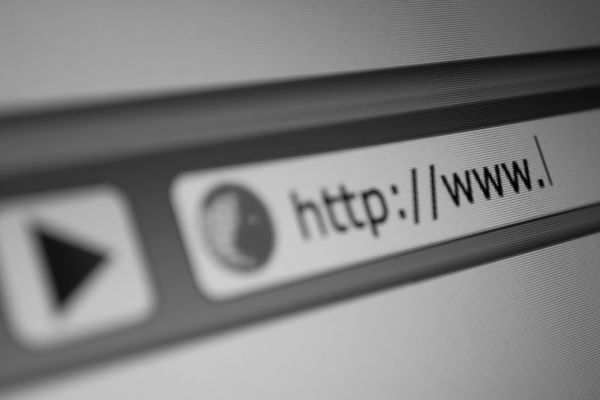Navigation

What Happens After Entering a URL in a Browser?
Advanced Level
What Happens
Related Post
What Happens After Entering a URL in a Browser?
An Internet browser, often just called a browser, is a software application used to access the World Wide Web or web pages on an intranet using URLs, which are Uniform Resource Locators. Browsers go to a site with that URL and then interpret web pages coded in HTML and present them to users.
We look here at the steps that happen after you enter a URL for a site you want to visit.
How Browsers Work
Web browsers perform a series of steps to render webpages on your screen. Here is a simplified overview of the process:
- URL Entry: When you type a Uniform Resource Locator (URL) into the browser and hit ‘Enter’, the browser starts to process the URL.
- Domain Name System (DNS) Lookup: The browser then uses a protocol called DNS to translate the domain name from the URL into an IP address, which represents a device on the internet.
- HTTP Request: The browser sends an HTTP request to the server at the IP address. This essentially asks the server to send the data needed to load the website.
- Server Response: The server processes the request and sends back an HTTP response, which includes the content of the webpage (HTML, CSS, JavaScript files, and any other data needed to render the page), along with a status code to tell the browser whether the request was successful.
- Rendering the Webpage: The browser then starts to parse the HTML, which is the web page’s structure. As the HTML is parsed, the browser starts to build a Document Object Model (DOM) tree from the HTML.
- Applying CSS: The browser also parses the CSS (Cascading Style Sheets), which dictates the visual style of the webpage. The CSS is used to create a render tree, which is combined with the DOM tree to apply styles (like colors and fonts) to the webpage.
- JavaScript Execution: If there are JavaScript files, they are interpreted by the browser’s JavaScript engine. JavaScript can manipulate the DOM and CSSOM (CSS Object Model), allowing for interactive content and dynamic changes to the webpage.
- Painting: Once the render tree is constructed, the browser “paints” the webpage on the screen, turning the code into a visual display. This process involves layout (determining the size and position of elements) and painting (filling in pixels).
- Loading Additional Resources: If the webpage includes additional resources like images or videos, these are loaded as the browser encounters them in the HTML. The browser might make additional HTTP requests to the server to get these resources.
- User Interaction: Once the page is loaded, you can interact with it by clicking links, filling out forms, etc. These interactions might cause the browser to go through this process again, either for the entire page (if you click a link to a different page) or for a part of the page (if you interact with a form that updates part of the page without reloading the entire thing).
Note that this is a simplified explanation.
In practice, web browsers are complex pieces of software that employ numerous optimizations to speed up these steps, and webpages often include more complex elements that require additional processing.
What Happens When You Type a URL in a Browser? – 4 mins
